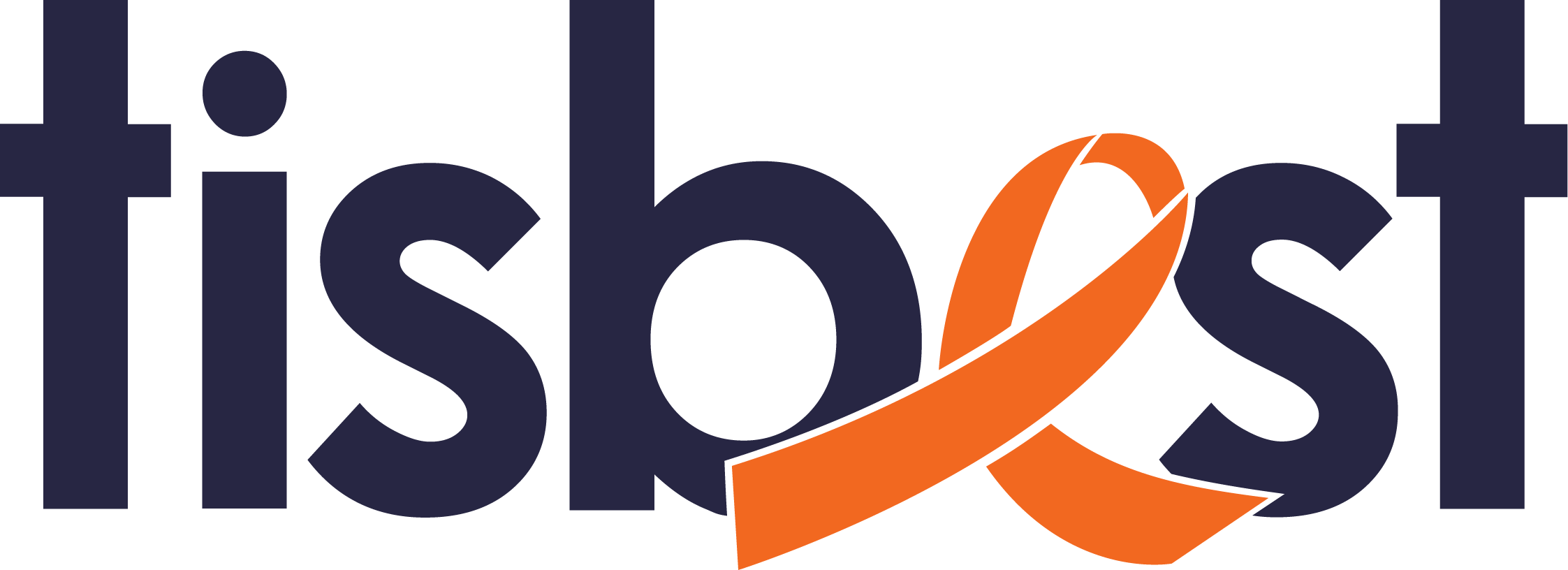Kiva Is Not A Four-Letter Word

Yesterday in the New York Times was an article about Kiva and its lending practices. NYT: The Fiction of Kiva’s Loans. Kiva is famous for making direct connection between ordinary citizens and recipients of microloans. If I have $30, for example, I can search on Kiva for a needy entrepreneur who can use my $30 to expand her llama wool hat line. However, the article points out that when I make that loan on Kiva to “Maria,” it is not the case that “Maria” actually receives my money; and in fact it is not even the case that “Maria” receives any money at all from Kiva. This is nothing new – it is how Kiva always worked – but after the gig on Oprah, Kiva was so popular that no one wanted to see the truth of it.
Kiva actually runs a great program and raises a lot of money for microfinance. I think Kiva deserves admiration for personalizing the connection between donor and recipient. The personalized philanthropy run by Kiva is good for introducing people to philanthropy. And I hope that donors introduced by Kiva will eventually graduate from Kiva’s personalized direct philanthropy to a more mature organizational-level philanthropy.
Children start out with fairy tales and imaginary friends in order to make sense of the world; later in life the children mature, and while the fairy tales and imaginary friends continue as metaphors for the world, the world itself becomes that which is lived in and understood. Similarly, Kiva provides a fictional connection between giving and creating change in the world. With Kiva, donors can see, feel and appreciate the impact of their giving. But when Kiva donors are ready to mature in their philanthropy, it is time to move beyond the fiction of giving to “Maria” and to give in general – to organizations – based on the leadership, track record and vision of the organizations. Paul Shoemaker makes the point for organizational-level-support well in this post on the Stanford Social Innovation Review.
Kiva should not be criticized because its loans are fictional. The fictional loans of Kiva are good, just as children’s fairy tales are good. Many donors introduced to philanthropy through Kiva will mature and become real philanthropists, supporting the organizations that work hard every day to build a better world. Let’s celebrate Kiva for what it is – a good and powerful portal to philanthropy.
Erik Marks
Founder, TisBest Philanthropy
www.tisbest.org
